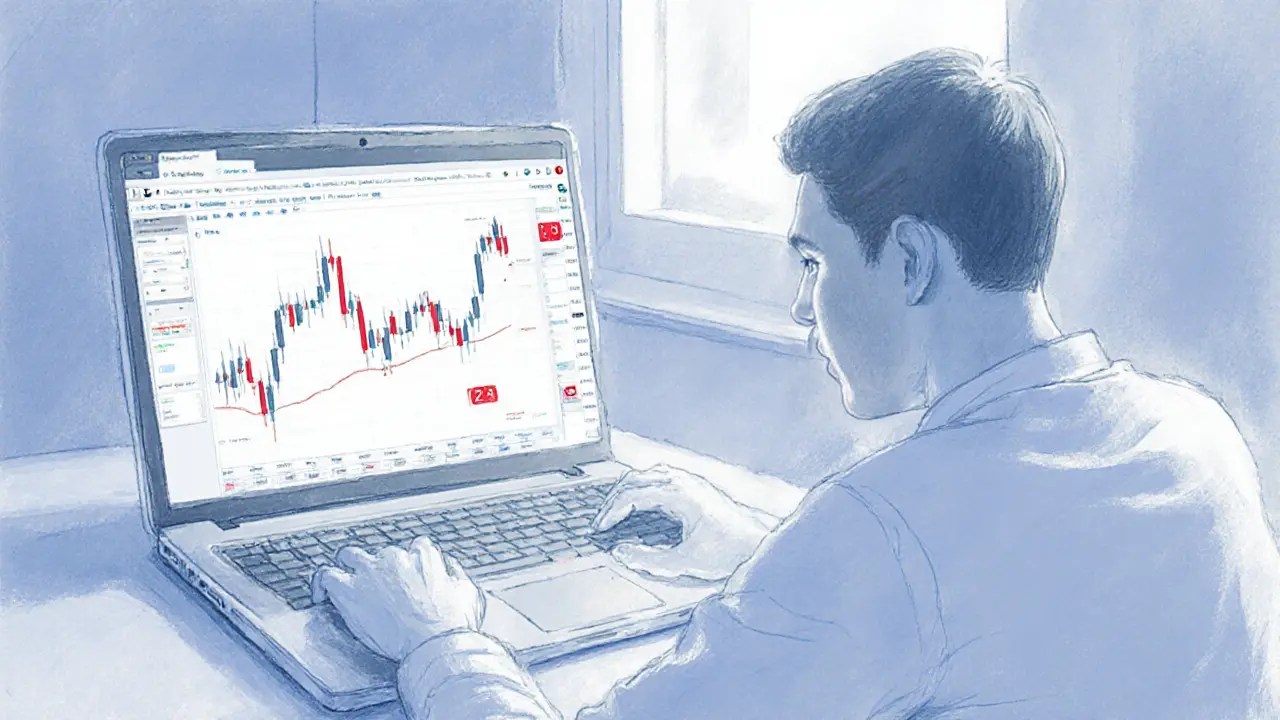Low Liquidity Exchange: What It Means and Why It Matters
When dealing with low liquidity exchange, a trading venue where buy and sell orders are sparse, causing wide price gaps and higher slippage. Also known as thin market, it often forces traders to accept less favorable prices. Another key player is liquidity, the ease with which an asset can be bought or sold without moving its price, sometimes called market fluidity. A decentralized exchange (DEX), a peer‑to‑peer platform that runs on smart contracts instead of a central server often suffers from low liquidity when token listings are new or niche. The order book, a list of pending buy and sell orders that shows market depth is the tool that reveals how thin the market really is, and it directly influences price impact.
Why Low Liquidity Exchanges Need Special Care
Low liquidity exchanges demand extra vigilance because they amplify risk. Limited market depth means a single trade can shift the price dramatically – a concept known as price impact. Traders must monitor the order book closely to gauge how much slippage they might encounter. Liquidity providers (LPs) play a crucial role; by supplying funds to pools, they can improve depth, but they also face impermanent loss when prices swing wildly. Risk‑management strategies such as setting tight stop‑loss orders, using smaller trade sizes, and checking real‑time volume metrics become essential. In addition, understanding the underlying tokenomics helps assess whether a coin will attract enough buyers and sellers to gradually increase liquidity.
Below you’ll find a curated collection of articles that dive into specific platforms and tactics. From detailed reviews of newer venues like Deliondex and GoSwap to deep‑dive guides on managing slippage and evaluating market depth, the posts cover practical steps you can take today. Whether you’re eyeing a niche token or just want to avoid nasty surprises on a thin market, the insights here will sharpen your approach and help you navigate low liquidity exchanges with confidence.

FusionX v2 holds only two assets, shows zero 30‑day trades and a 0 trust score, making it a high‑risk, low‑liquidity exchange. Find the full review, red‑flag analysis, and better alternatives.
Jonathan Jennings Jan 19, 2025




